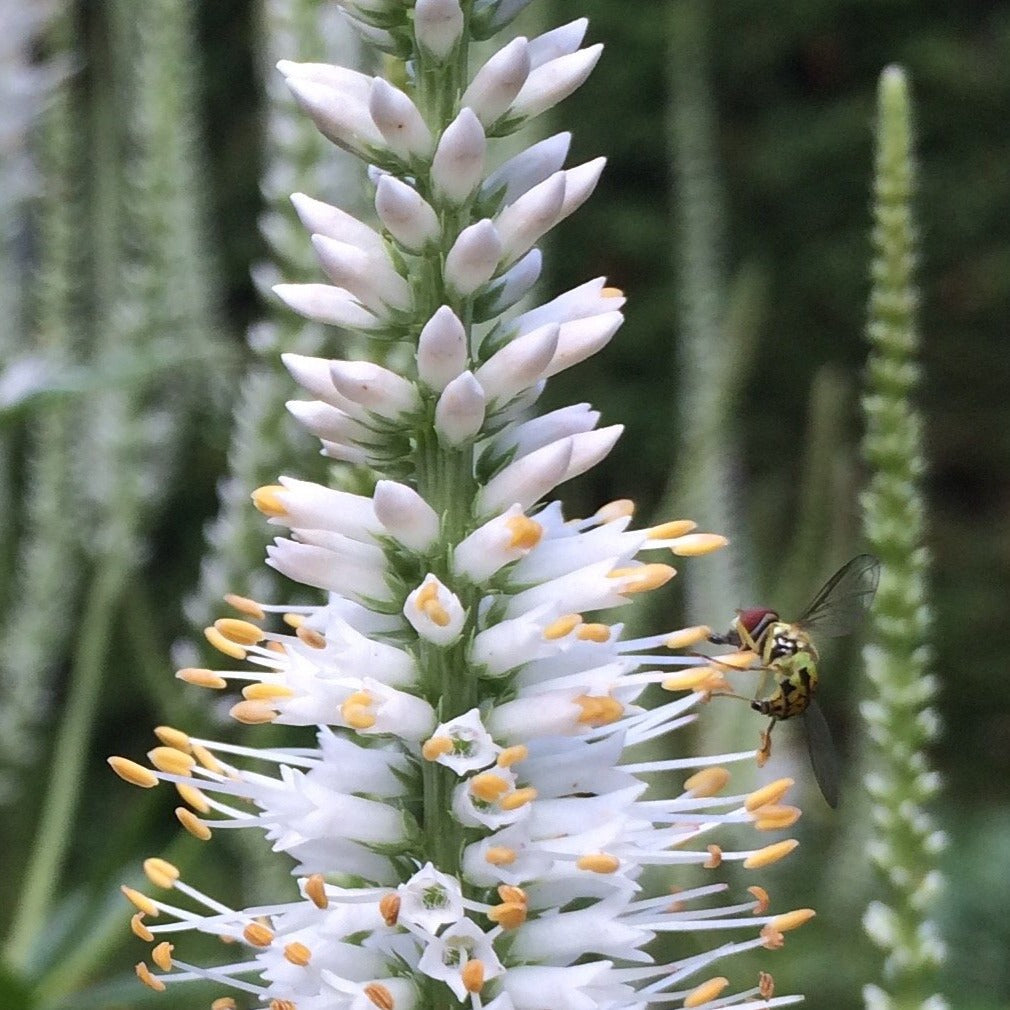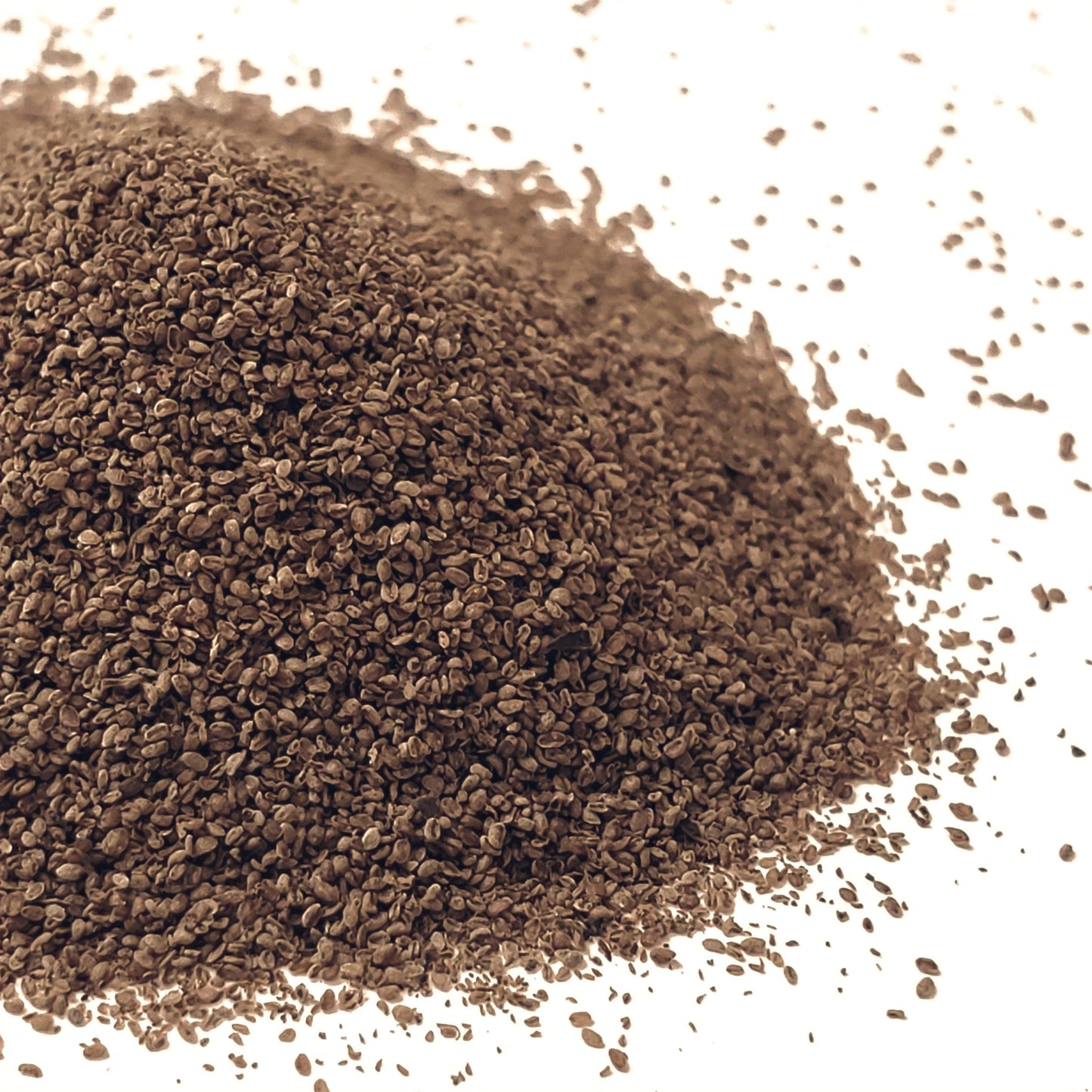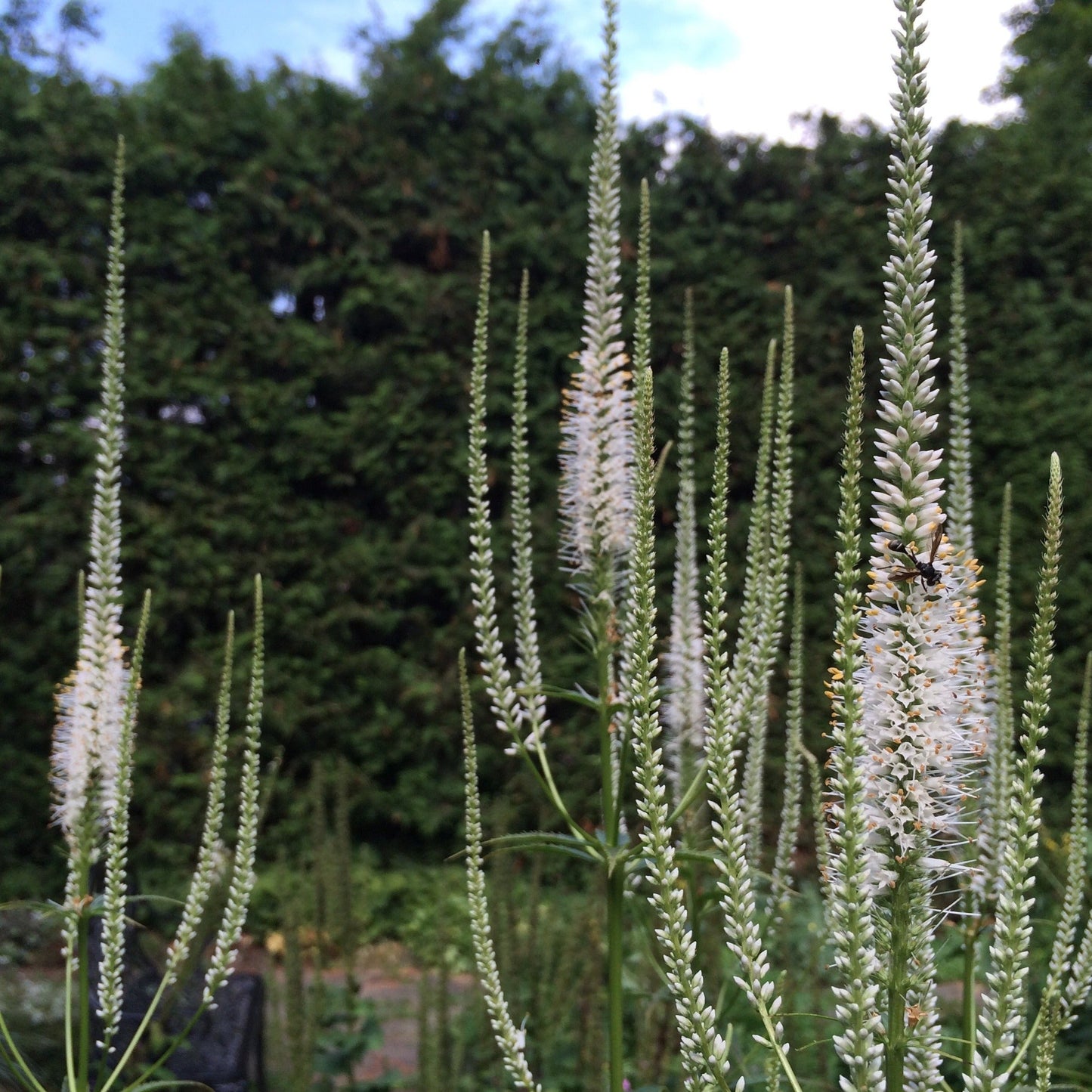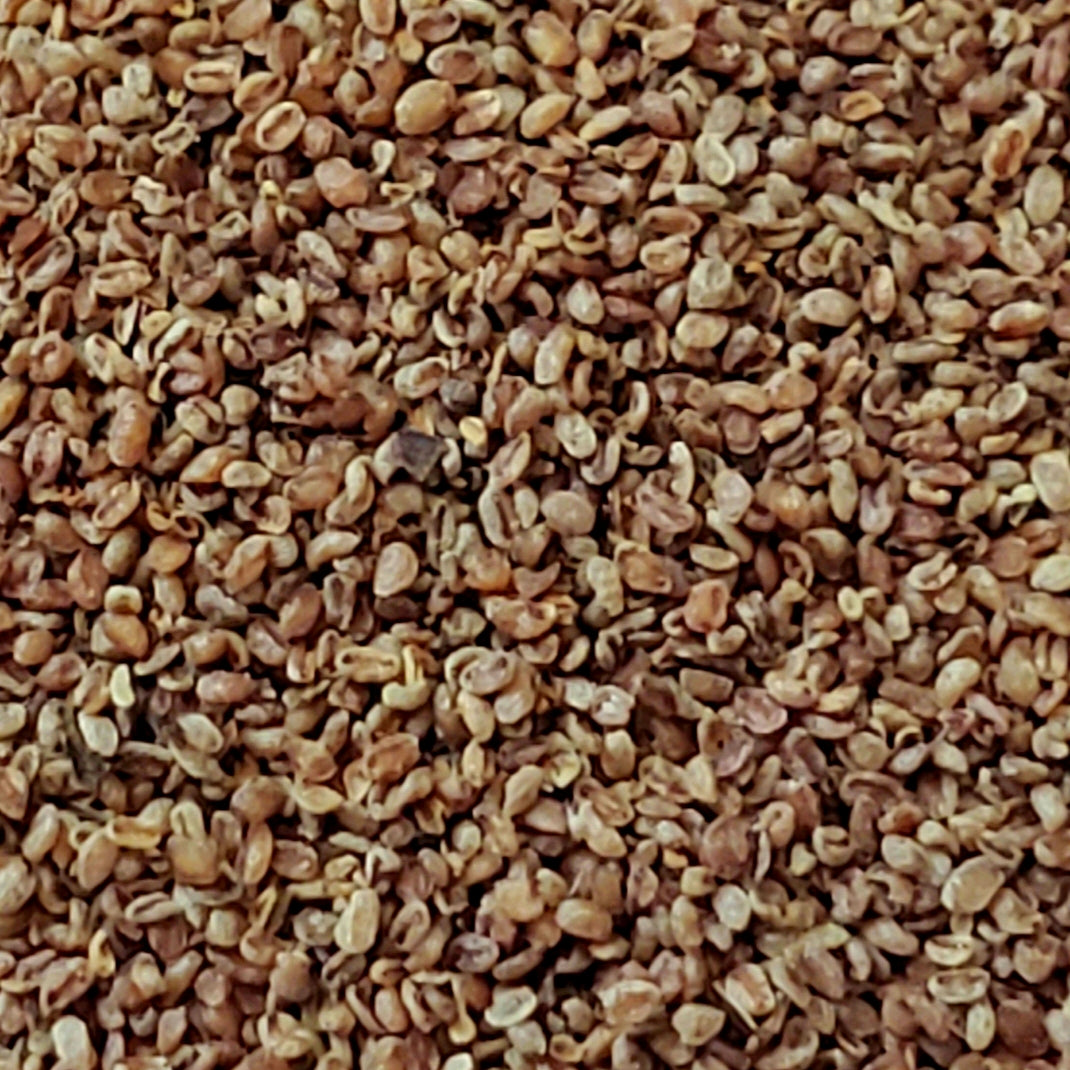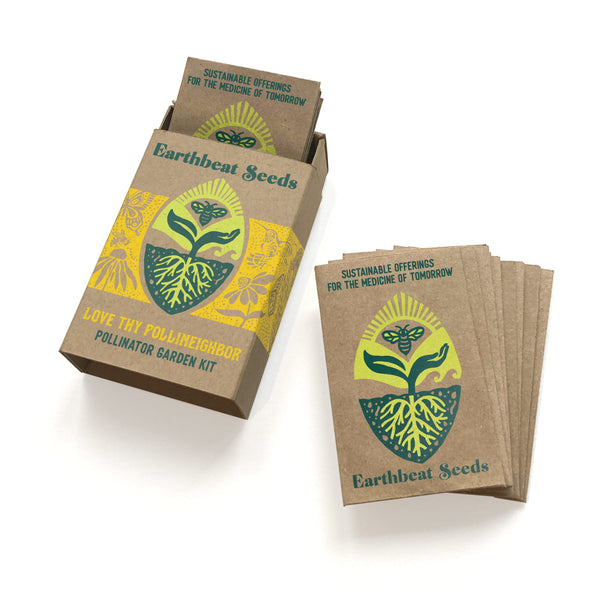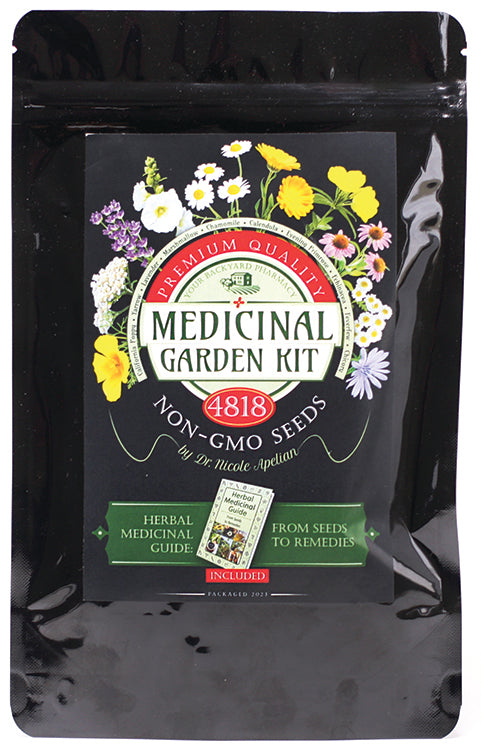Culver's Root (Veronicastrum virginicum)
Couldn't load pickup availability
Culver's Root is a native perennial that can grow upwards of 5 to 7 feet high with candelabra-like spikes of beautiful white flower spikes that open from bottom to top. The small flowers are densely packed together and can take on a purple hue that creates a stunning contrast to the dark green whorled leaves. This plant’s flowers resemble other Veronica/Speedwell species.
Carpenter Bees, honeybees, mason bees, metallic bees and masked bees adore the flowers as do several wasps, butterflies, moths and flies. Culver’s Root will provide a source of nectar for pollinators all through the early summer and is hardy in cold regions. Endangered in the wild in the northeast, this is an excellent flower to grow to preserve its future proliferation.
Culver’s Root was once quite beloved as a plant ally though today is less commonly worked with due to its strong potency. The common name “Culver’s root” comes from Dr. Culver who was an eighteenth-century physician that promoted the use of this plant at that time. Native American tribes in Missouri and Delaware used the herb as a laxative while the Ojibwe or the Chippewa tribe used the root as a “blood purifier”. The Seneca Indians also worked with this beauty in tea as an emetic and as a part of purification rituals. Culver’s root was once included in The United States Pharmacopoeia but no longer.
Flower Pic Credit: Erin O'Hara
